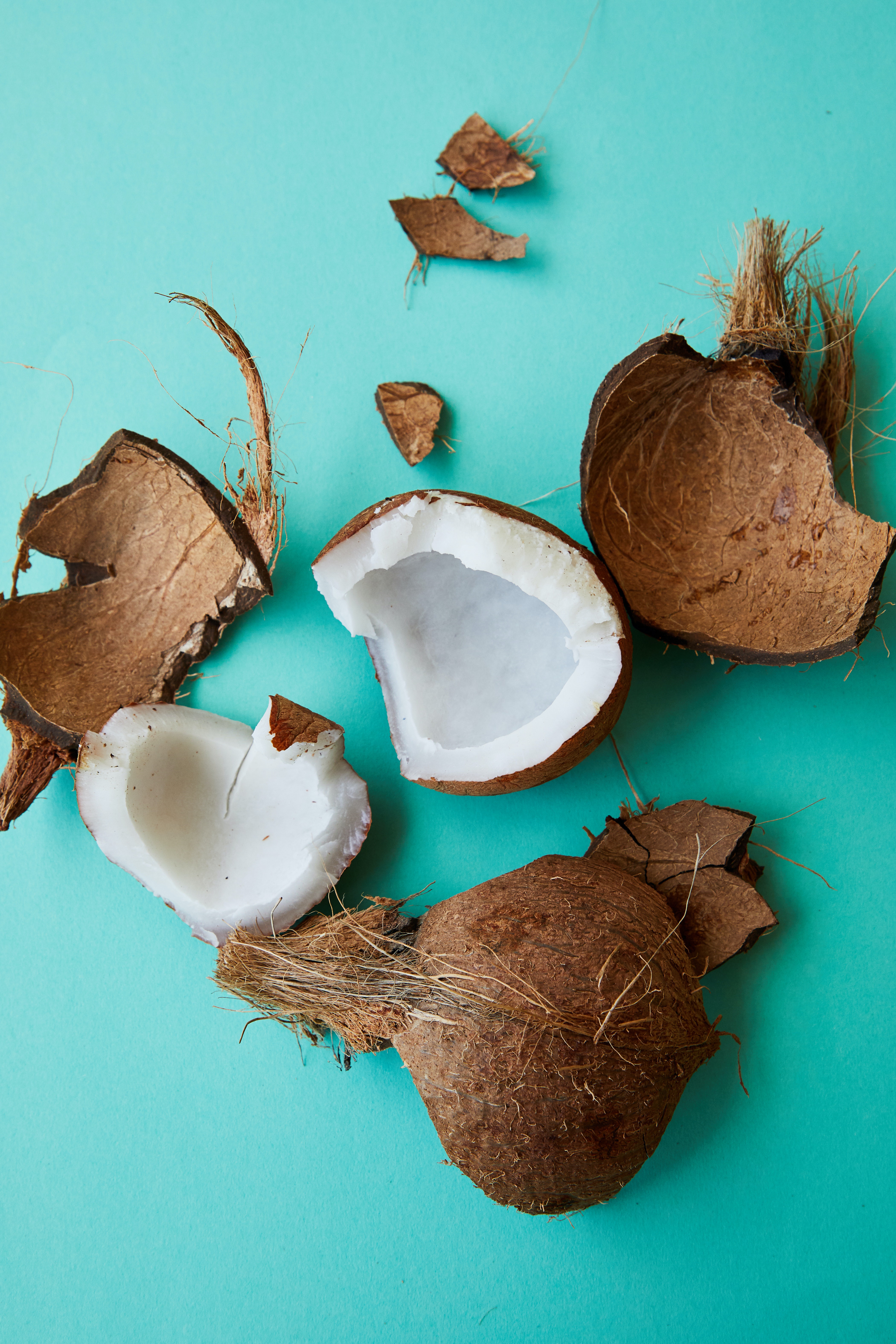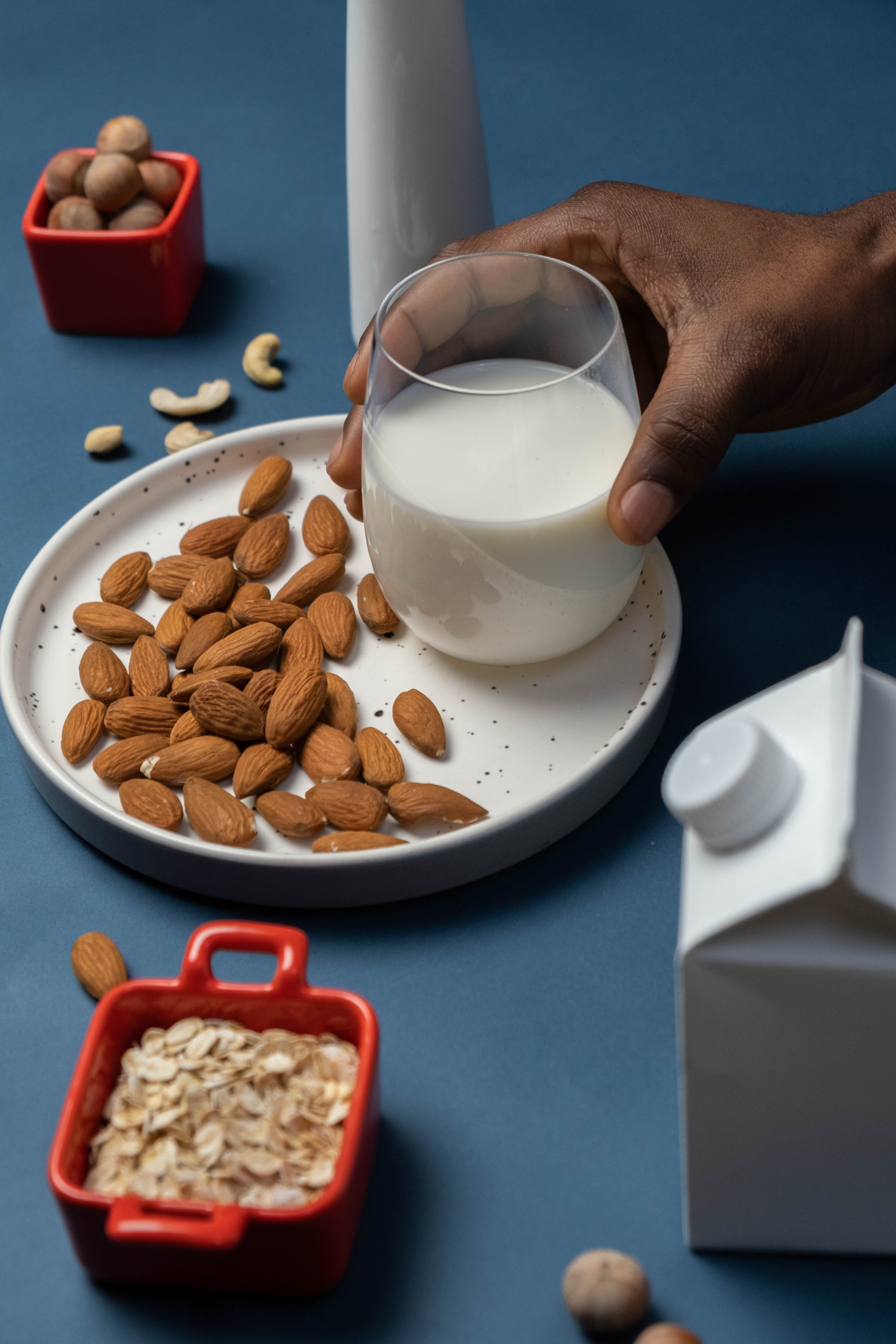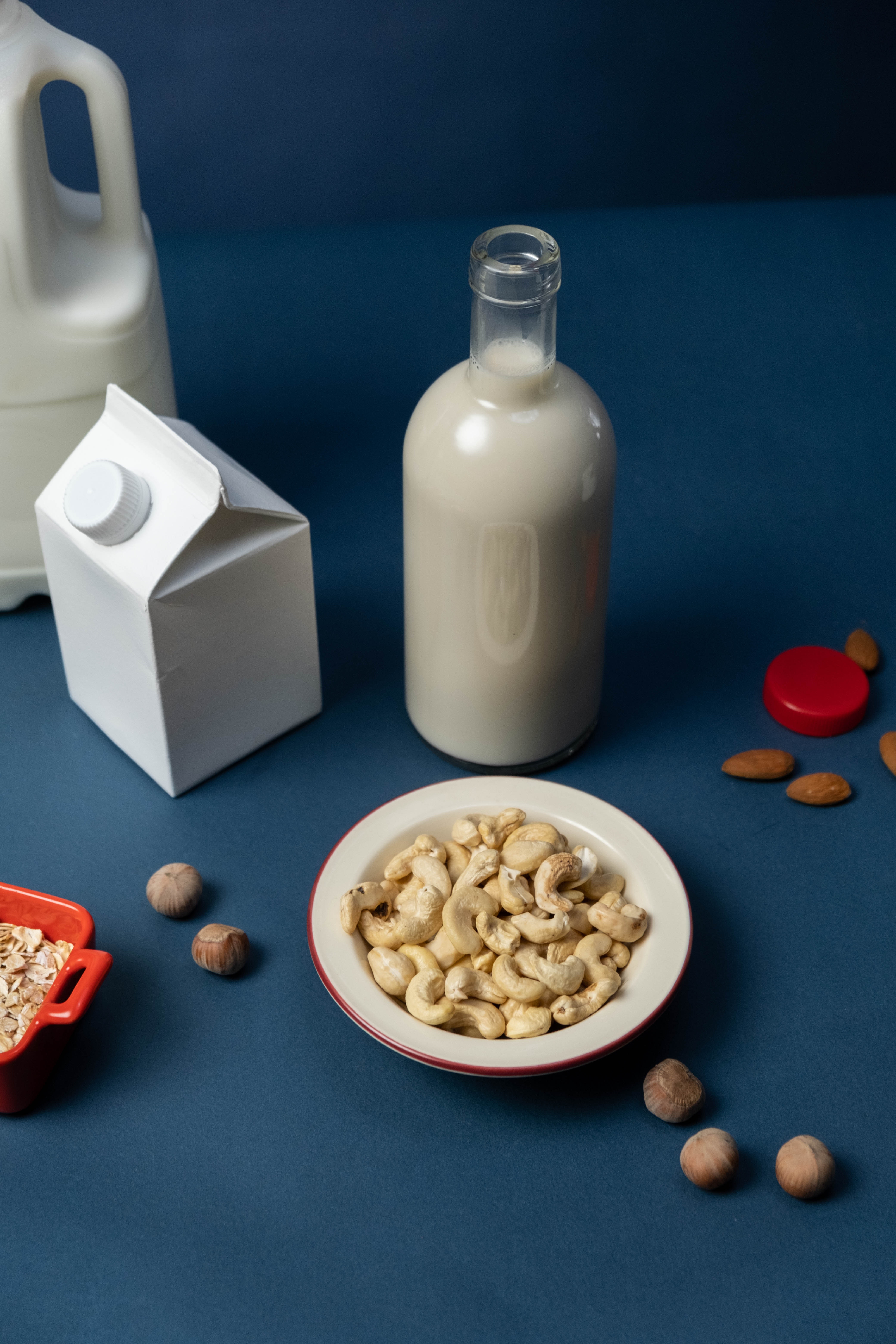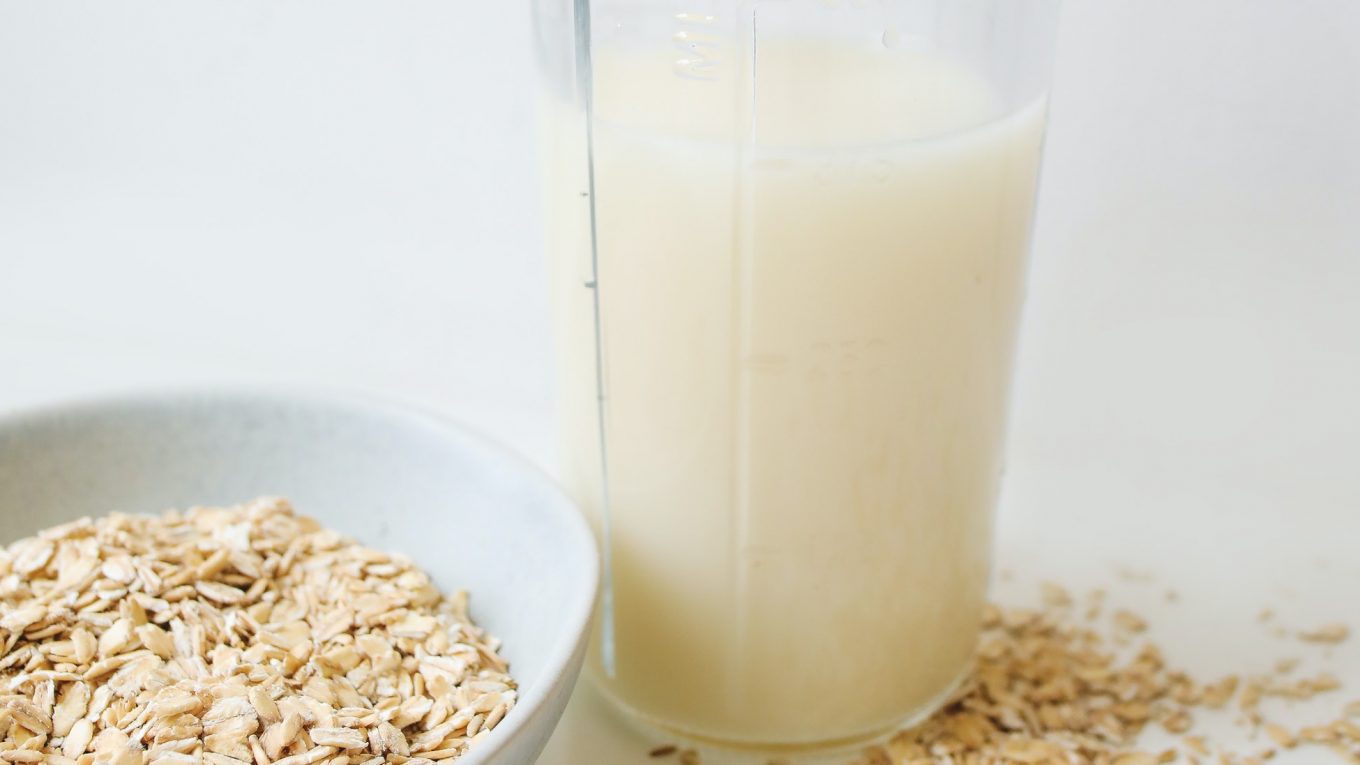Great milk alternatives – a guide
Sasha provides an overview of the best alternatives to cow’s milk. Curious about which is good for tea, baking, taste or health? Read on…
Alpro. Oatly. Sainsbury’s Own Brand (the true icon). These are but a few examples of dairy milk alternatives – more ecological, fortified and – most importantly – tasty. But with this much choice comes more stress…
Did you know that the British milk production carbon footprint (kg CO2 per litre) is one of the best in the world? Great news! If I told you it’s 1.25, you may think “Oh! Amazing. Milk is sustainable and a balanced food”. However, through the means of comparison, we can see that we can obtain the same minerals, a great taste AND a carbon footprint of just 0.35 in the non-dairy oat milk alternative, while also using far less water.
Sounds tempting, doesn’t it?
So here is our breakdown of the many kinds of milk alternatives out there:
· Oat milk (fortified brands – Oatly, Alpro, Innocent): an alternative that is the most creamy, and is best in hot drinks and baking. It has a taste, but is very smooth and makes for wonderful Oat-gurt. It is also available in cream form, so dessert and coffee is SORTED – the sustainable way. The only cons include potential allergens (gluten) from cross-contamination of the oats.
· Almond milk (fortified brands – Alpro, Innocent, Nutty Bruce): this has the mildest taste, and, being slightly acidic, is very good in baking. On the whole, it is slightly cheaper than oat milk, and contains more naturally occurring minerals and vitamins (including calcium). Again – beware, allergy sufferers.
· Cashew milk (fortified brands – Alpro, Plenish): the best alternative to use in cooking, as it handles heat well and doesn’t add any strong tastes (very good in non-dairy mac ‘n’ cheese). It is multipurpose – available as vegan butter and cream as well – and naturally rich in magnesium and protein.
· Coconut milk (fortified brands – Innocent, Alpro, Koko): the sweetest alternative, this is great as a drink and in iced beverages. It can often be harder to find because of its sheer popularity, but it is a great source of manganese and selenium. And it’s completely gluten-free!
· Chocolate milk (a bonus): Oatly does their very own vegan chocolate milk with that same carbon footprint of 0.35kg of CO2 per litre! Because of the creaminess of the oats, this alternative not only is better for the planet than regular chocolate milk, but is also incomparably rich in chocolate flavour.
So, what can we take away from the milk alternatives on the market at the moment?
Number one – there are different products which are more tailored for certain roles, meaning you can enhance the dining experience with a dish where all the flavours work nicely, and achieve the right consistency, without compromising on sustainability.



Number two – alternative-milk-drinkers are not missing out on any necessary nutrients. Fortified drinks include calcium (often added to replicate contents of dairy milk), protein and/or B vitamins, which are often deemed harder to find in a vegan diet.
Number three – it truly is better for the environment. Chances are, there are many recipes where a dairy product is used, but since it isn’t at the forefront of flavour, switching in a milk alternative is as easy as ever. Plus, nobody forces you to adopt a vegan diet; just swapping your milk for another option will steadily decrease your family’s carbon footprint, and will really do its part long-term.
And who knows? Maybe trying non-dairy milk will open a door for you into new, as-yet-undiscovered options for a more eco-friendly kitchen.

